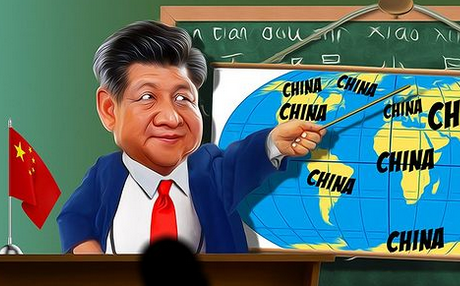Caricaturing Kamala – “It’s a Minefield”
Skip to commentsA great presidential caricature — the word “caricature” is derived from the Latin word that means to load or charge, as in load a gun or charge a battery — isn’t a matter of capturing a likeness. Harnessing the power of satire and humor, it cements an enduring avatar for the individual while they’re in office — one that lingers long after they leave. And unlike many of those memes that some confuse with cartoons, caricatures are signed by an individual who has to stand by their work and defend their opinion.

Today, that conversation requires us to wrestle with old toxic racial and ethnic stereotypes that were, sadly enough, immensely popular in earlier times. And unfortunately, that kind of racism remains a radioactive aspect of political cartooning, right up to the current generation of ink-stained wretches.
Given that ongoing legacy, the caricature of Kamala Harris, possibly our first Black, South Asian-descended, female president, isn’t just precedent setting. It’s a minefield for cartoonists — even more so because it’s a profession that’s overwhelmingly dominated by white men of a certain age.
Matt Wuerker and Politico gathers a half dozen editorial cartoonists who provide short discourses on drawing the Democratic Presidential hopeful. The six caricaturists giving brief tutorials are Alexandra Bowman, Steve Brodner, Rick McKee, Pedro Molina, Rob Rogers, and Matt Wuerker himself.

Also getting “face” time: Dan Ashwood, Adam Zyglis, Ann Telnaes, Dave Whamond, Steve Kelley, Jack Ohman, KAL, Randal Enos, and Bob Englehart (some of whom are in our feature image).


Comments 1
Comments are closed.